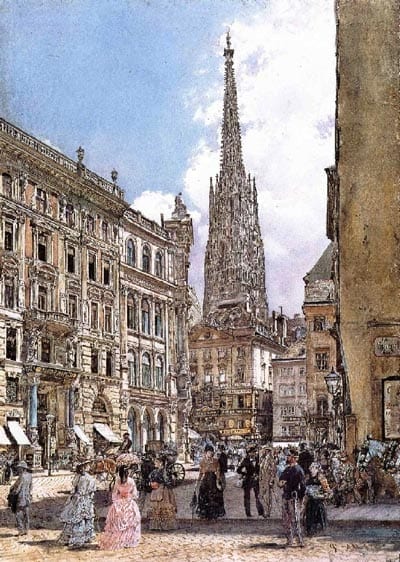The New Year’s Eve Patent, dissolution of the Procurator General’s Office
However, it was precisely the unique position of the Procurator General’s Office, as expressed in Sec. 36 of the Imperial Patent dated 7 August 1850, which meant that, in an age when little value was attached to the rule of law, its existence was at greater risk than that of all the other Public Prosecutor’s Offices. Therefore it was hardly surprising when the repeal of the liberal March constitution by the New Year’s Eve Patent or “Silvesterpatent” (Supreme Cabinet Letter dated 31 December 1851) brought an end to the term of office of Procurator General Thaddäus Peithner Ritter von Lichtenfels, who had only taken office during the last few months of 1850. By Supreme Imperial Ruling dated 17 January 1852, “the Procurator General’s Office together with the Advocates General at the Supreme Court of Justice and Cassation” (amongst others) were ordered “to cease to exist.” It is logical to assume that the new regime could not afford a “supreme guardian for the proper application of the law.” On the other hand, the Public Prosecutor’s Offices and their superior authorities (now referred to as the Superior Public Prosecutor’s Office) continued in existence even after entry into force of the General Code of Criminal Procedure of 1853, although subject to restrictions on their field of activities, due not least to the undermining of the prosecution principle. The Procurator General’s Office was no longer represented at the Supreme Court (now referred to as the Supreme Court of Justice).

View over St. Stephen’s Cathedral
